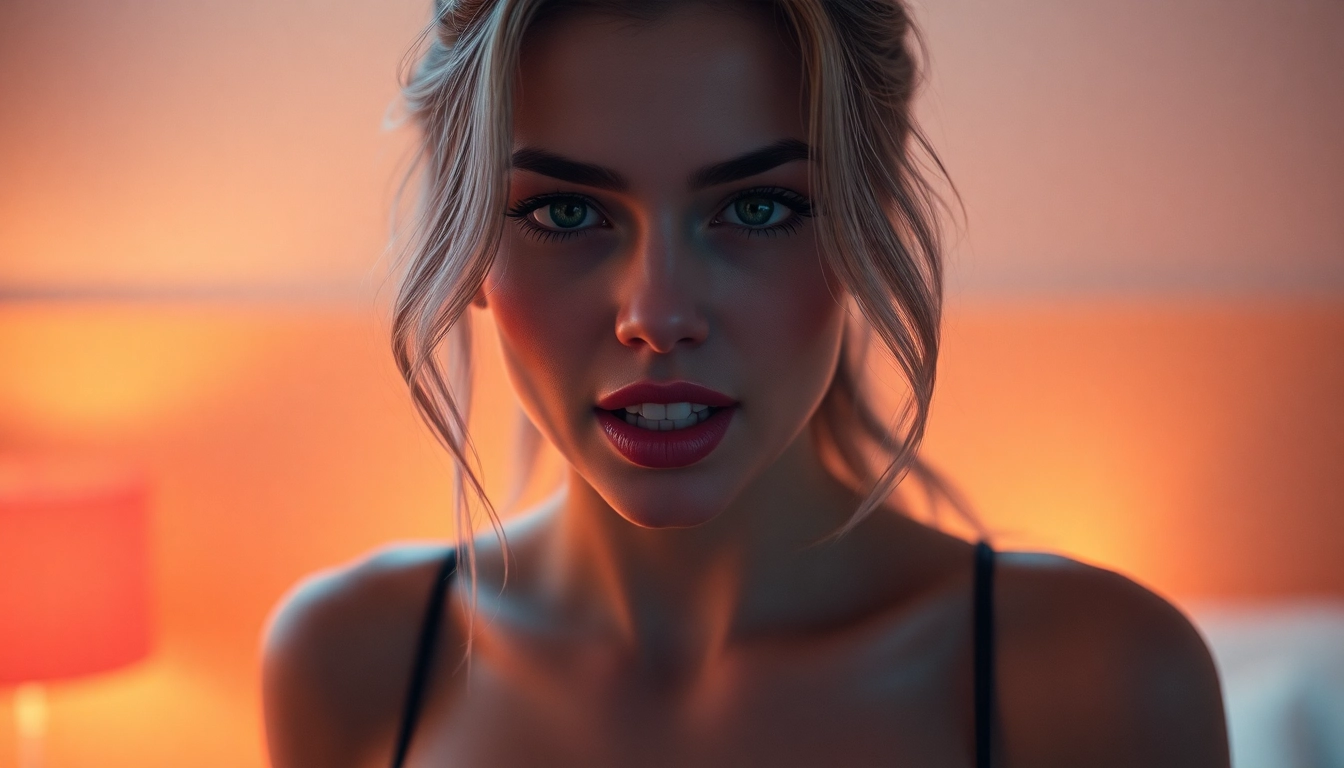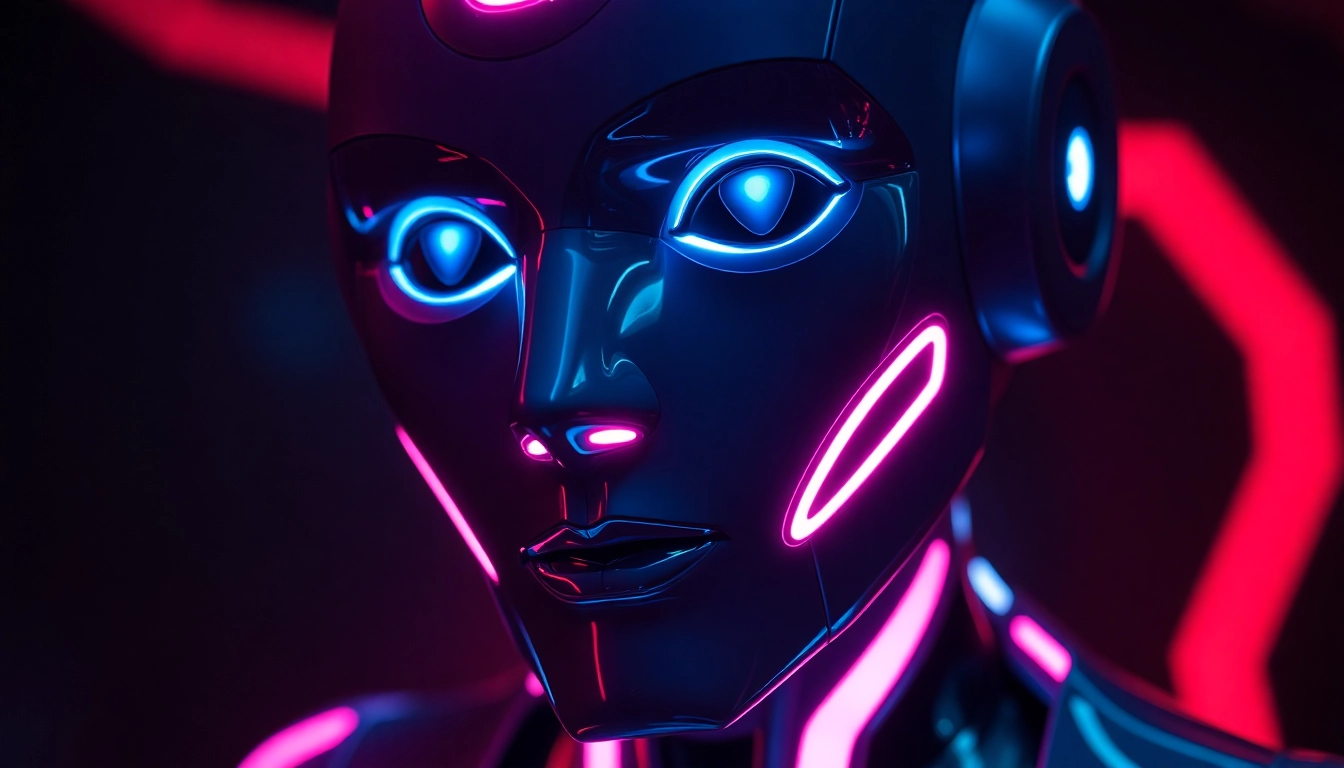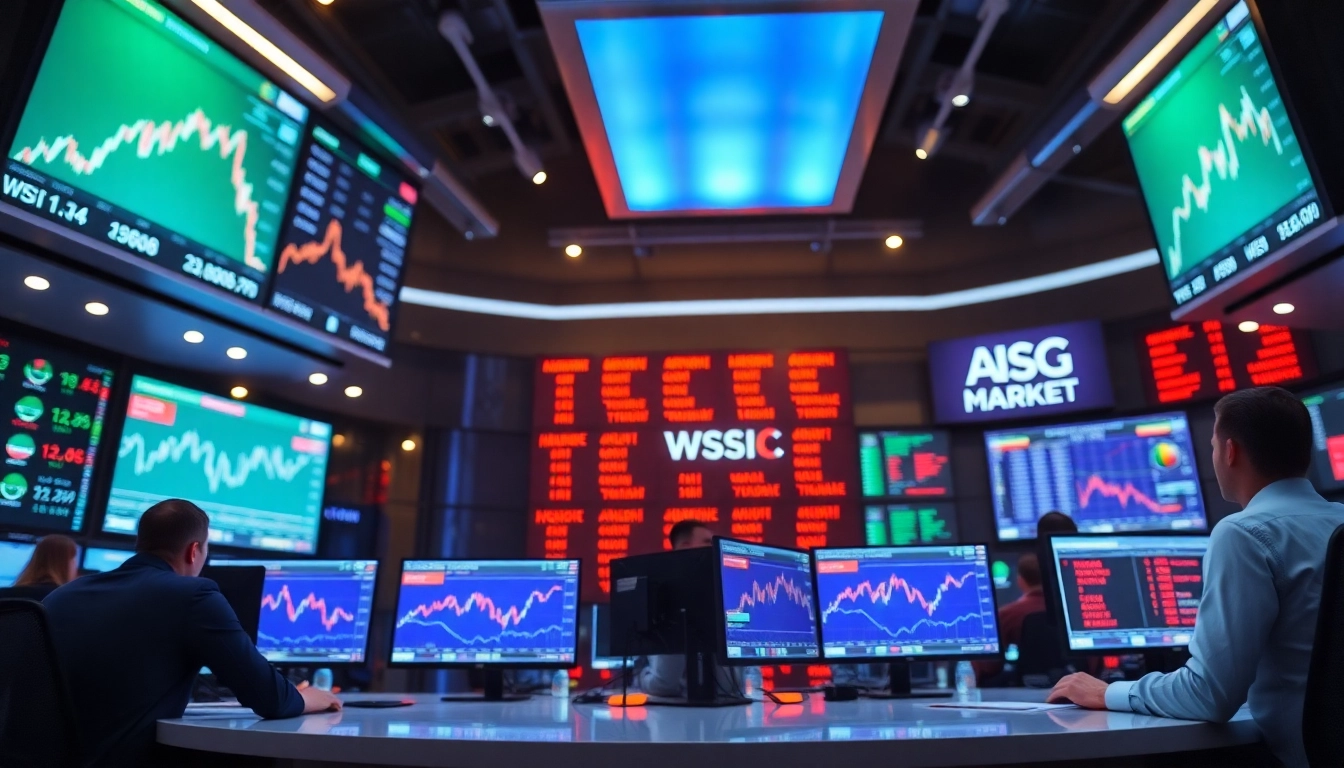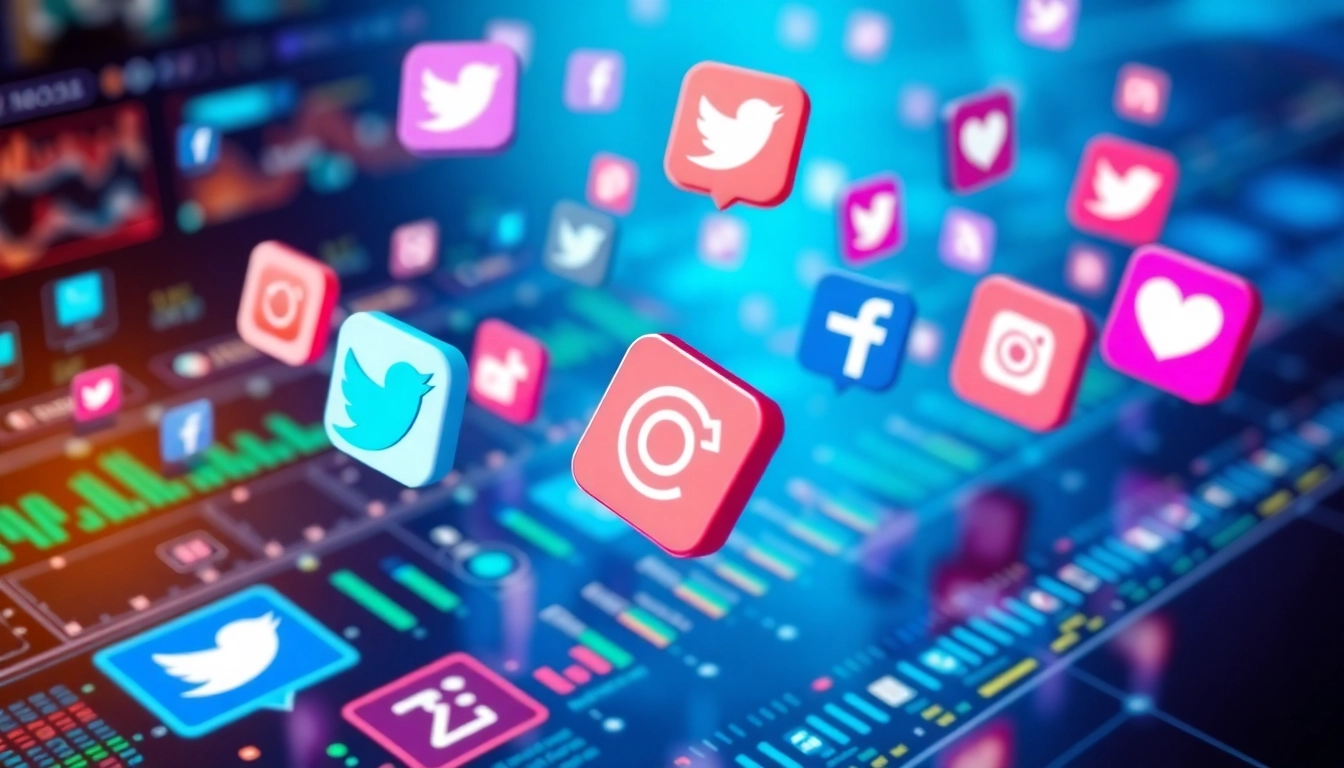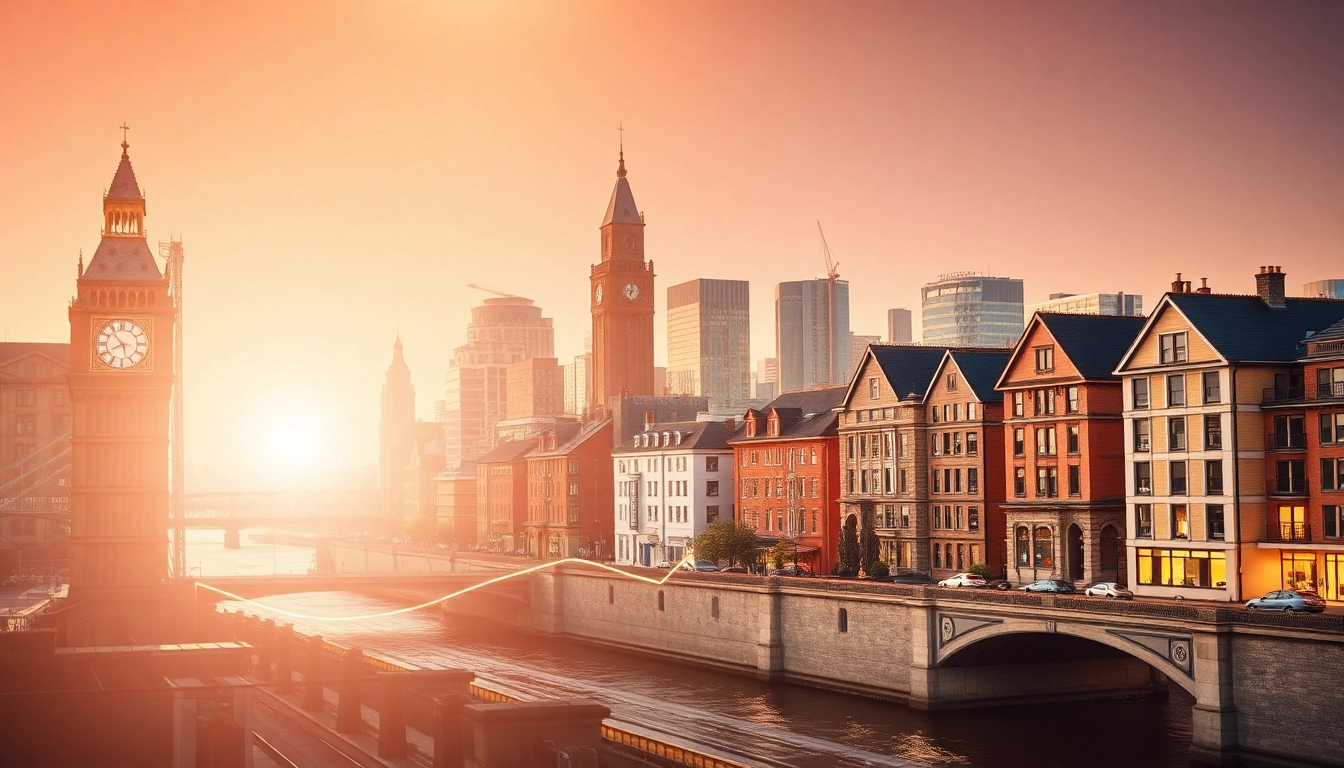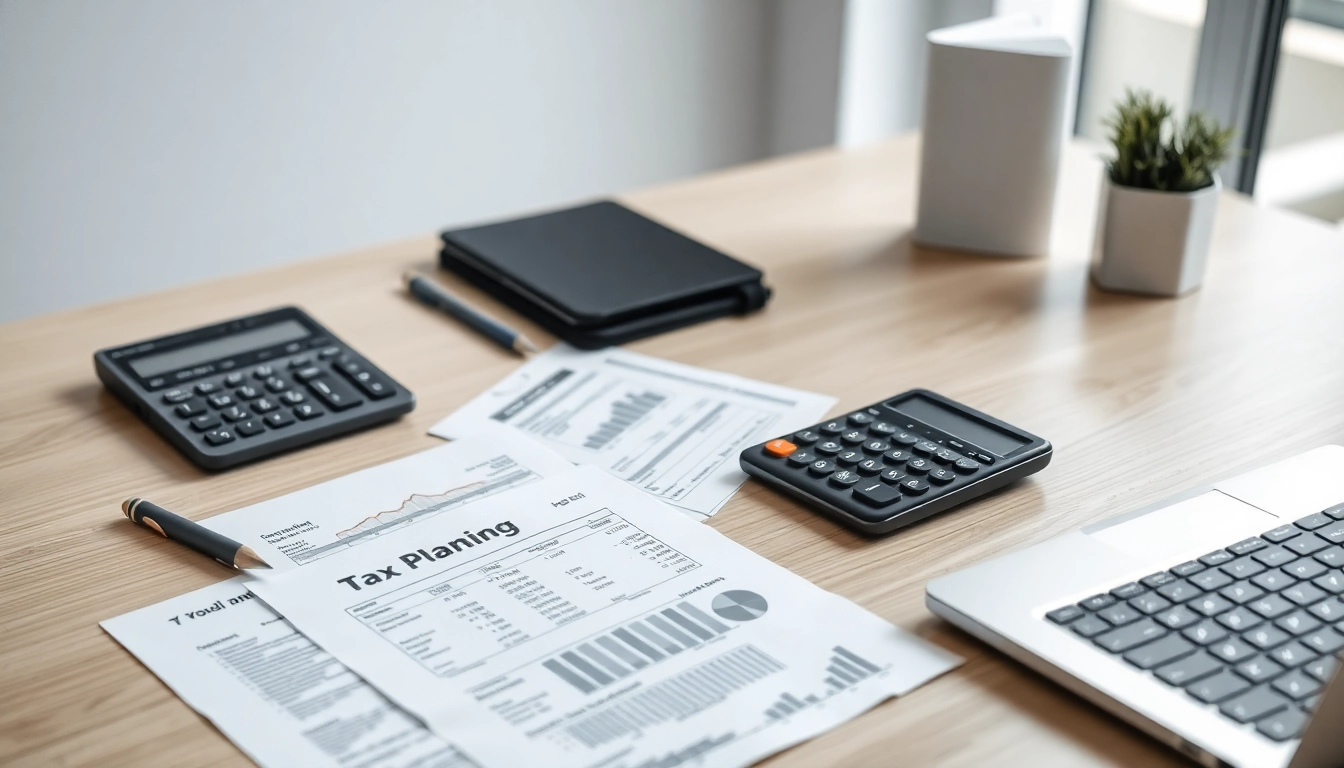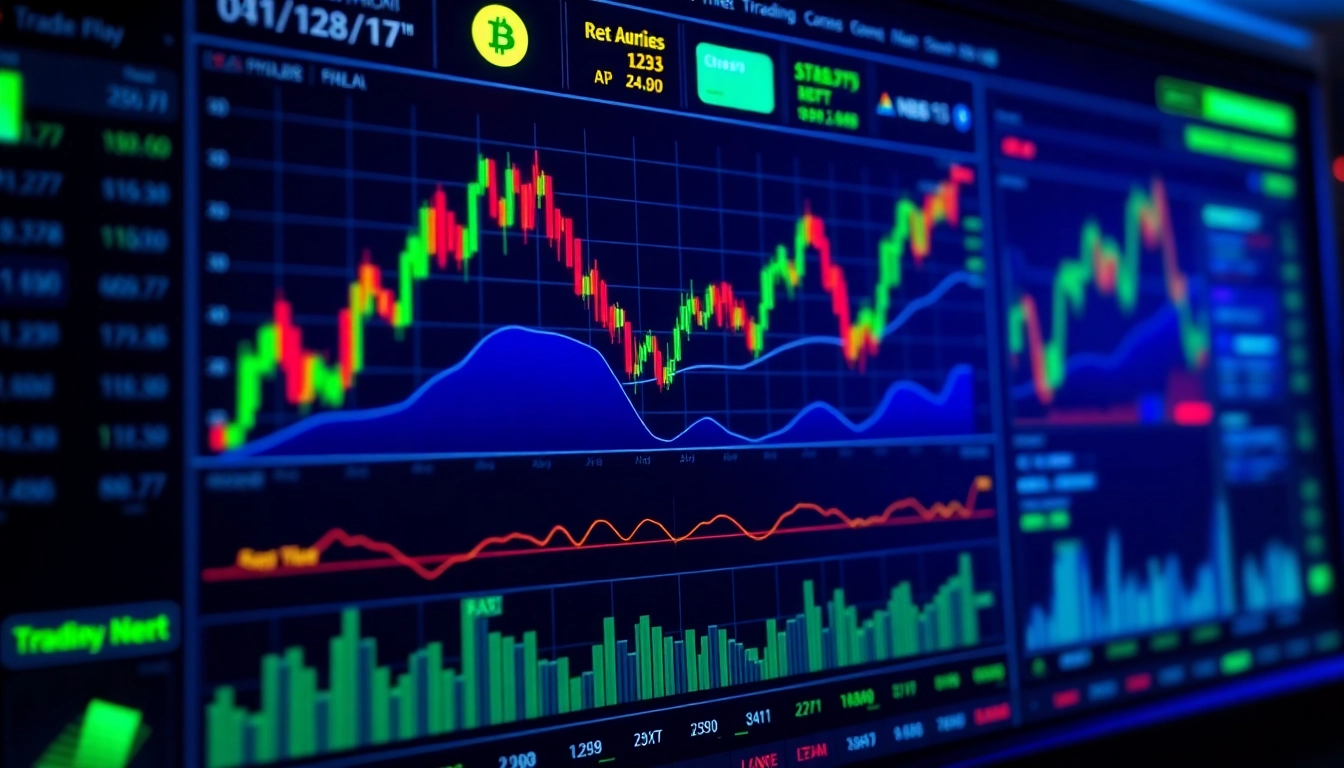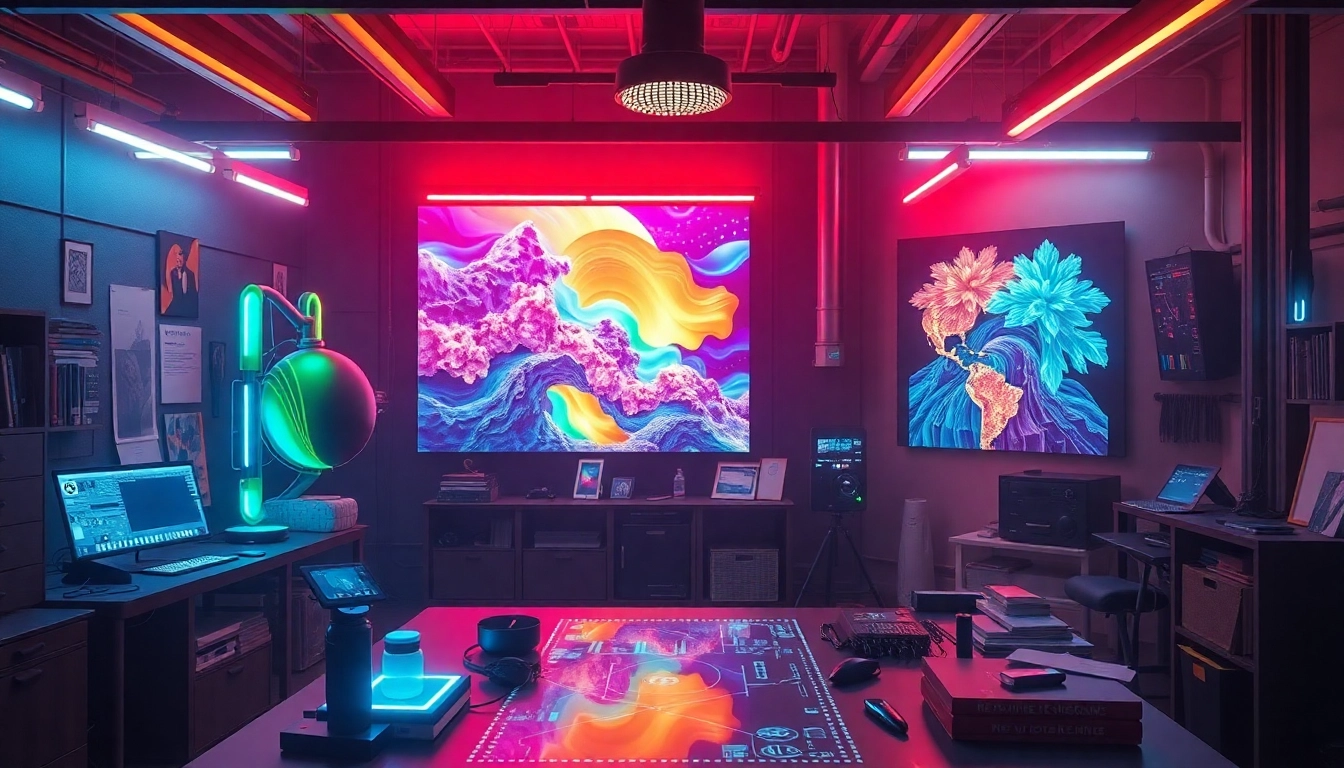
Understanding the Rise of ai image generator no restrictions in 2025
The landscape of digital art and visual content creation has undergone a seismic shift with the emergence of ai image generator no restrictions. By 2025, these tools have broken traditional barriers, enabling creators, businesses, and hobbyists to generate high-quality, unrestricted visuals from simple text prompts without the usual limitations or censorship. This transformation is largely driven by advances in artificial intelligence algorithms, notably generative adversarial networks (GANs) and diffusion models, which have matured to produce stunning, realistic images swiftly and reliably.
In this article, we will explore the factors fueling this explosive growth, examine key features of the top unrestricted AI image tools, and provide comprehensive guidance on selecting, implementing, and optimizing these powerful platforms for personal projects or commercial ventures. As the industry continues to evolve, understanding these trends and tools is essential for anyone looking to stay ahead in digital content creation.
Trends fueling unrestricted AI art development
Several interrelated trends are propelling the development and adoption of ai image generator no restrictions platforms in 2025. First, the democratization of AI technology has lowered entry barriers, allowing a broader audience to create without requiring extensive technical backgrounds. Open-source projects and community-driven initiatives, such as Stable Diffusion and Midjourney, have made powerful models accessible for free or at low cost, fostering innovation.
Second, user demand for authenticity, customization, and niche content has skyrocketed. Consumers increasingly seek unique visuals that reflect specific needs—whether for marketing campaigns, personal art, or NSFW content—thus pushing developers to eliminate restrictions that previously limited creative expression.
Third, advances in model architectures and training datasets have significantly improved the realism and diversity of AI-generated images. With larger, more varied data inputs and sophisticated training techniques, these models can produce highly detailed, contextually accurate visuals that suit an array of applications.
Lastly, the push for privacy and freedom of expression, driven by both regulatory changes and community standards, has catalyzed the development of platforms that prioritize user control over content restrictions. This shift enables artists and creators to generate provocative, NSFW, or controversial images without fear of censorship, expanding artistic boundaries.
Key features of top unrestricted AI image tools
1. No content restrictions and censorship
The hallmark of leading ai image generator no restrictions platforms is the absence of restrictive filters that limit content types. Whether for artistic expression, adult content, or niche themes, these tools allow users to produce virtually any visual. For example, platforms like Raphael AI and Perchance.org exemplify this by enabling unrestricted image creation without watermark or content bans.
2. Speed and scalability
Cutting-edge models leverage GPU acceleration and optimized inference pipelines to generate multiple high-resolution images within seconds. Such speed is critical for commercial workflows, where batch processing of images from text prompts enables rapid prototyping, marketing campaigns, or creative explorations.
3. High realism and diversity
Through advanced architectures like diffusion models and trained on expansive datasets, top tools produce photorealistic images that are virtually indistinguishable from professional photographs. They also offer wide stylistic diversity—from hyper-realistic portraits to abstract art—catering to varied aesthetic preferences.
4. Ease of use and accessibility
Modern platforms boast intuitive web interfaces, minimal login requirements, and straightforward prompt inputs. Many support multiple languages and offer templates or presets to guide new users, making high-quality image generation accessible to both novices and experts.
5. Customization and control over outputs
Users can fine-tune prompt details, adjust parameters like style and quality, and sometimes input reference images for better guidance. Such features enable precise control over results, ensuring generated visuals meet specific project needs.
6. Privacy and security considerations
Ethical platforms prioritize user privacy, ensuring that generated images and prompts are not stored or misused. Many offer local or offline options to avoid data leaks, which is crucial for sensitive or proprietary content.
Safety and ethical considerations with no restrictions
While unrestricted AI image generators unlock immense creative potential, they also pose significant ethical challenges. The absence of content filters increases risks of generating harmful, illegal, or non-consensual imagery, including NSFW content involving minors or non-consenting subjects.
Responsible use requires awareness of legal frameworks, platform policies, and personal or organizational ethics. Users should consider the implications of generating certain types of images, especially when distributing or publishing the content. Developers and providers should implement safeguards, like usage restrictions and moderation queues, to prevent misuse while respecting creative freedom.
Transparency in privacy policies and clear disclaimers are essential. For instance, platforms like Raphael AI explicitly state their terms of service, emphasizing that users are responsible for complying with applicable laws and ethical standards when utilizing unrestricted image generation tools.
Choosing the Right ai image generator no restrictions for your needs
Assessing quality and realism in generated images
The foremost consideration is the fidelity of images—do they resemble real photographs or convincingly mimic desired artistic styles? To evaluate, review sample outputs, examine low- and high-resolution images, and consider whether the generated images maintain consistent quality across multiple prompts. Platforms like Raphael AI and Perchance.org excel in high realism.
Privacy and security best practices
Opt for tools that adopt transparent privacy policies, avoid storing user data unnecessarily, and provide options for local processing or offline generation. Features like encrypted prompts and secure authentication further safeguard user information, especially crucial when creating sensitive or NSFW content.
Compatibility with different use cases
Your application determines the ideal tool. For personal experimentation, free online platforms may suffice. For commercial uses—such as branding, product design, or illustration—look for scalable solutions with API access, batch processing, and high-resolution outputs. Platforms like cgdream.ai cater to a broad spectrum of professional needs with unrestricted capabilities.
Implementing unrestricted AI image generators in your workflow
Steps to get started easily
Initiate by selecting a platform that matches your requirements—whether web-based or downloadable. Create an account if necessary, and familiarize yourself with the interface. Start with simple prompts to understand how the model interprets inputs, gradually increasing complexity or specificity. Many tools offer tutorials and community forums for guidance.
Optimizing prompts for best results
Craft clear, descriptive prompts emphasizing key visual elements. Use adjectives to specify style, lighting, mood, and composition. Experiment with variations to discover what yields the most compelling images. Incorporate reference images when possible, to guide the AI towards desired aesthetics. For example, instructing: “a hyper-realistic portrait of a futuristic warrior, cinematic lighting” yields more tailored images.
Integrating images into projects seamlessly
Download images in high resolution compatible with your editing tools. Use professional software like Adobe Photoshop or Canva to fine-tune visuals. Maintain consistency in style by developing prompt templates or predefined settings. Automate workflows via APIs connecting AI platforms with your design pipeline for efficiency.
Performance metrics and case studies of successful use
Measuring output quality and speed
Quantitative metrics include resolution (pixels), realism (subjective, but assessable via expert review), and generation time. For example, top-tier tools like Raphael AI generate 1024×1024 images in under five seconds, facilitating rapid iteration cycles. User feedback and A/B testing define effectiveness in real-world projects.
Examples of commercial and personal applications
Businesses leverage unrestricted AI image generators for marketing visuals, concept art, and product mockups—saving time and costs. Personal users create custom wallpapers, NFTs, or hobbyist art projects. Content creators develop thumbnails, social media posts, and more, often achieving professional-grade outputs without traditional art skills.
Future updates and ongoing innovation
The landscape is rapidly evolving, with upcoming features like real-time interactive editing, multi-modal integrations (e.g., combining image prompts with audio), and enhanced ethical safeguards. Platforms continuously improve their models to offer even higher fidelity and broader content support, ensuring users stay at the cutting edge.
Future insights and evolving capabilities of ai image generator no restrictions
Emerging features to watch for
Anticipate advancements such as multi-perspective generation, 3D object modeling, and enhanced contextual understanding for more accurate and detailed visuals. AI systems will also support iterative refinement, where users can progressively modify images based on feedback.
Impact on digital art and content creation
These tools are democratizing art, enabling creators worldwide to produce complex visuals without formal training. They challenge traditional notions of authorship and copyright, prompting new legal frameworks and intellectual property considerations. The proliferation of unrestricted AI art fosters innovation but demands responsible usage.
Potential ethical and legal developments governing unrestricted AI art
As content boundaries expand, regulators may impose restrictions on certain content types, especially NSFW or politically sensitive images. Platforms could implement verification systems to prevent misuse. Legal debates surrounding ownership rights, consent, and copyright are intensifying, requiring a balanced approach between creative freedom and societal responsibility.
